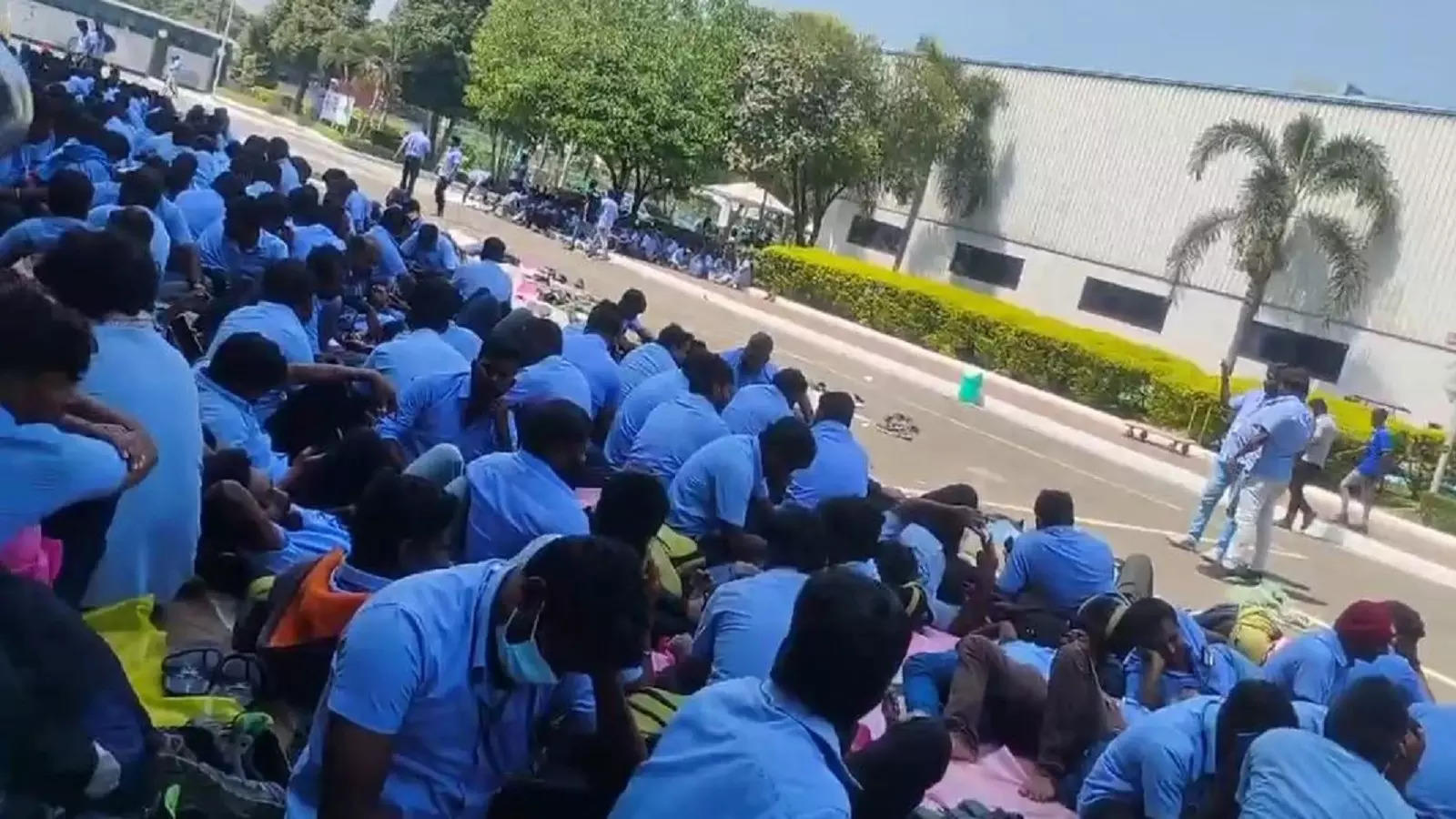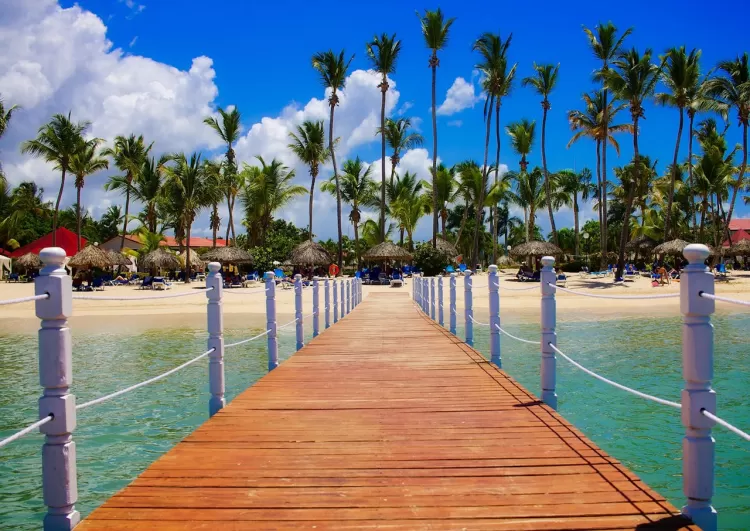Meet Cassowary, World's Most Dangerous Bird Capable Of Killing A Human

Join our WhatsApp Community to receive travel deals, free stays, and special offers!
- Join Now -
Join our WhatsApp Community to receive travel deals, free stays, and special offers!
- Join Now -
There aren't very many birds around the world that humans are afraid of but Cassowary stands out. Known as the "world's most dangerous bird," they live in the tropical rainforests of Australia and New Guinea. The bird is beautiful and dangerous due to its vivid blue face, helmet-like headdress, and razor-sharp claws. It may weigh up to 310 kg and grow as tall as a human.
"There's just something primeval about them. They look like living dinosaurs," Andrew Mack, who spent five years studying cassowaries in the wild in Papua New Guinea, told CNN.
It's said that cassowaries are timid and typically difficult to spot. They are not very violent and rarely ever attack humans. But if offended or enraged, they may cause a great deal of harm.
Although these big birds are unable to fly, they can move quickly due to their incredibly strong legs. They can move swiftly on land and in the water and are also good swimmers. In the rainforest, cassowaries have been observed sprinting up to 31 miles per hour.
Thanks to their strong legs, cassowaries can leap up to seven feet high into the air and deliver powerful kicks to their enemy. They use their sharp claws to slice and puncture any animal that is a threat, including humans.
While these creatures look large and intimidating, many more cassowaries die from humans than humans die from cassowaries, said Peter Rowles, founder of the Community for Coastal & Cassowary Conservation.
He added, "If you encounter a cassowary in the wild, first thing is put your hands behind your back. Be as boring as you can be, so you're not attracting that cassowary's attention. Move behind a tree. Just blend into the environment. Don't scream and yell and wave your arms around."
Some Aboriginal cultures consider cassowaries to be culturally important, and they occasionally feature in traditional dances, rituals, and nighttime stories. Some of these indigenous communities are currently engaged in cassowary conservation.
What's Your Reaction?
 Like
0
Like
0
 Dislike
0
Dislike
0
 Love
0
Love
0
 Funny
0
Funny
0
 Angry
0
Angry
0
 Sad
0
Sad
0
 Wow
0
Wow
0



















































